News - 07 August 2019
The top four ways deforestation impacts the Great Barrier Reef
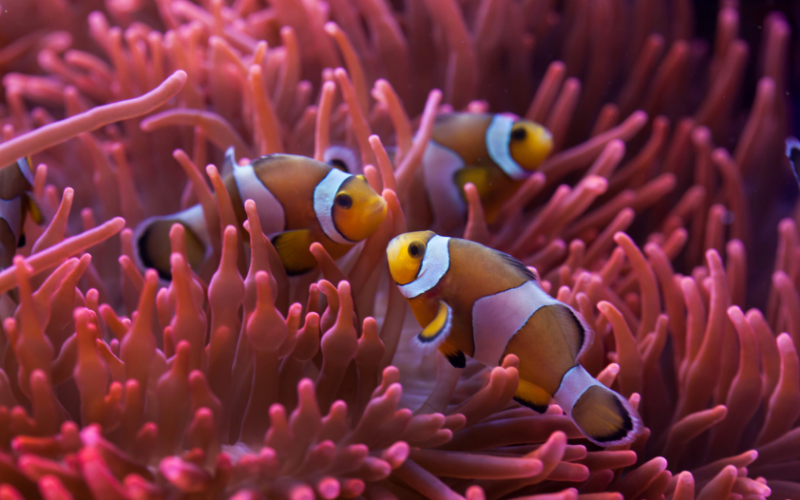
By Hannah James
When we contemplate actions to save the Great Barrier Reef we don’t often think of stopping the bulldozers. But if we are serious about saving one of the world’s greatest natural wonders that's exactly what we need to do.
“Australia is now a top 10 global deforestation hotspot. We're the only developed country on that list,” says Jessica Panegyres, National Nature Campaigner for The Wilderness Society.
Every year in Australia thousands of hectares of forest and bush are razed to the ground - usually by two bulldozers dragging a heavy length of chain behind them. This deforestation is not only devastating our forests, it’s also damaging the Great Barrier Reef in several different ways.
1. Deforestation destroys our best natural defence against climate change
“The biggest threat to the Reef is climate change,” says Panegyres. One of the ways climate change damages coral is through higher sea temperatures, which cause coral bleaching.
Forests are one of our best defences against rising temperatures. Trees capture and store carbon dioxide safely in their trunks, roots and branches, preventing this greenhouse gas trapping heat in the Earth’s atmosphere. But when the trees are gone, their carbon is released and their cooling effect disappears.
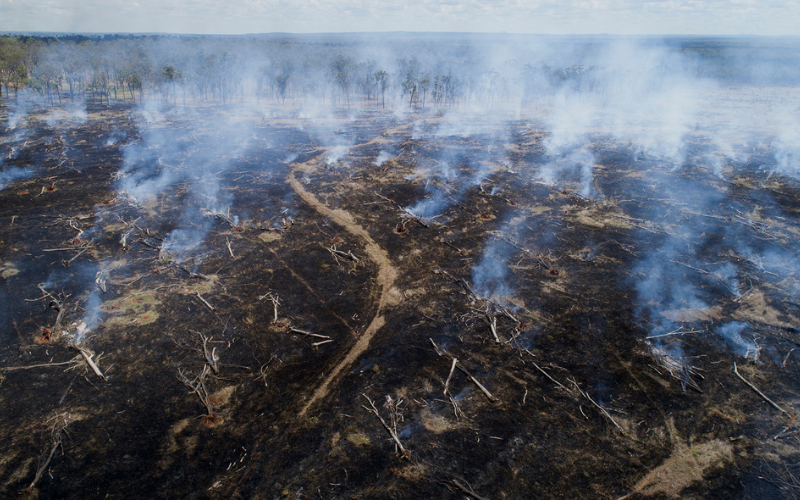
Is deforestation legal?Sort of. In 2018 the Queensland government stopped granting new permits to clear mature forest. But previously granted permits still stand, and it’s up to the federal government to reject them. Plus, bushland not classed as old-growth is still at risk. |
2. Soil damages the Reef
An even more direct threat to the Reef from deforestation is soil erosion.
Tree roots bind soil together, and once the trees have been cut down in an area that drains to the Great Barrier Reef, rainfall washes the soil down to the Reef.
“Run-off of sediment into the Great Barrier Reef World Heritage Area reduces the sunlight to seagrasses and smothers coral and other reef organisms,” says Panegyres.
“And if you're smothering coral and seagrass, that has knock-on effects to the creatures that rely on those habitats. Dugong feed on seagrass, for example, and they’re listed as vulnerable.”
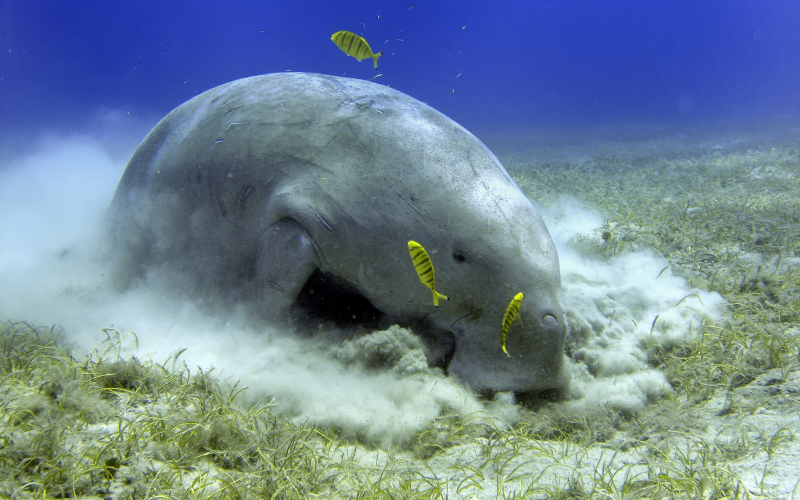
3. Agricultural chemicals damage the Reef
When forests are cleared for agriculture, it’s not just soil that ends up in the Reef: poisonous pesticides wash into the water, and nitrogen and phosphorus from fertilisers encourage blooms of phytoplankton. Phytoplankton attract crown-of-thorns starfish, which damage coral.
“Declining water quality from land-based run-off is listed as one of the most significant threats to the reef by the Great Barrier Reef Marine Park Authority and UNESCO,” explains Panegyres.
“If a reef is bleached, it can recover if the water quality is good. But if you’re adding bleached coral to turbid water, it can't grow back.”
36,000 hectares of old-growth forest in Great Barrier Reef catchment areas is still at risk of being cleared. |
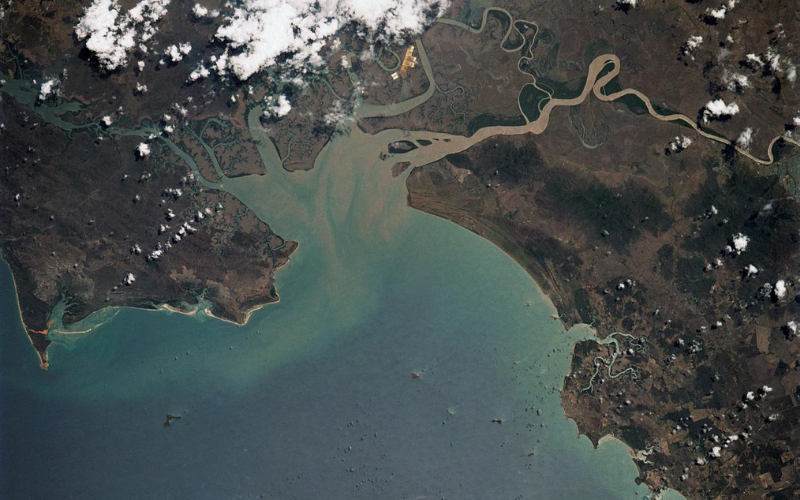
4. Deforestation leads to extinction
Another thing that can’t grow back: the endangered and vulnerable animals whose habitat is lost both on the land and in the ocean through the effect of deforestation.
“Deforestation is causing the deaths of tens of millions of native animals every year; it's contributing to 10% of our national greenhouse gas emissions; and it's a significant source of poor-quality water running into the Reef,” explains Panegyres.
“Mature forest is often talked of as the most environmentally important forest. It's old, it's intact, and it provides a range of ecosystem services, including being really important habitat for threatened and endangered animals.”
For example, Kingvale Station in Cape York, where 2000 hectares of old-growth forest are at risk, is home to endangered species including the northern quoll, the golden-shouldered parrot and the Gouldian finch.
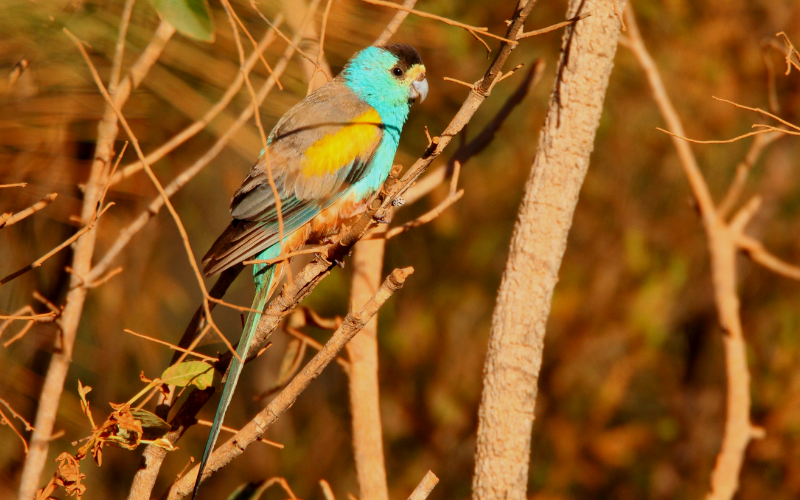
Under the water, the Great Barrier Reef World Heritage Area contains a greater area of seagrass than coral, encompassing around 20 per cent of the world’s seagrass species. But all of this is at risk with the resulting poor water quality and sediment run-off from deforestation.
Beyond the iconic green sea turtle and the dugong, the many fish, crustaceans, sea stars and countless other marine animals that call these seagrass meadows home are all at risk too from the effects of what happens on land.
The good news?
“Climate change is the biggest threat to the Great Barrier Reef, and we can’t fix that alone,” says Panegyres. “But land-based run-off is 100 per cent within our control. That’s a step we could take tomorrow that would give our reef the best chance of fighting back, while we as a global collective work on climate change.”